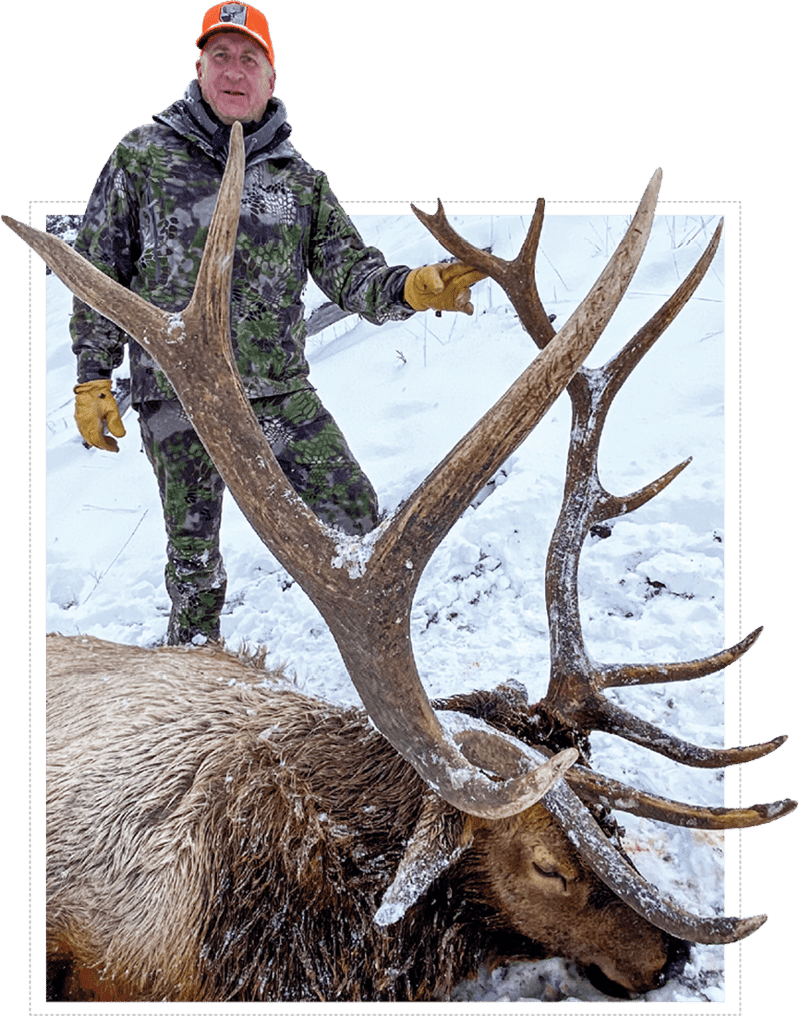Written by Guy Eastman
Projected Application Dates & Deadlines (Updated 1/3/2024)
| Species | Date Type | Resident | Nonresid | Taghub Data Access | Elk | Application Deadline | May 31st | January 31st | December 29, 2023 |
|---|---|---|---|---|
| Draw Results Available | June 16th | May 18th | ||
| Moose, Sheep, Goat, Bison | Application Deadline | April 30 | January 19, 2024 | |
| Draw Results Available | May 9 | |||
| Deer & Pronghorn | Application Deadline | May 31st | May 8, 2024 | |
| Draw Results Available | June 18 | |||
| | ||||
Important Notes 1. Coming off of the worst winter in possibly 75 years, WGFD seems to be taking the opportunity to make some fairly major changes to their big game hunt and draw structures for 2024.
For starters, the state has moved the draw application deadline for sheep, moose, Rocky Mountain goat and bison from the historic date of February 28 to a new later date of April 30th for all four species. For this reason, we will be moving the MRS sections for these species to the next issue of EBJ (March/April 2024) to better represent more accurate data as it is released by the state at a later date. Better data is key to better management, and in my opinion, a good move.
2. The state legislature made was to increase the pricing on many of the nonresident hunt tags in Wyoming. All resident pricing will remain in place without increase as will the “regular-draw” big game pricing for elk, deer and antelope. All pricing will increase for nonresident sheep, moose, goat and bison while the “special draw” pricing for elk, deer and antelope will increase somewhat drastically.
3. The final major change that we know of at this point is the regionalization of the general elk tags in Wyoming for nonresident hunters starting this year. The state has broken down the general elk hunts into three regions similar to the general deer regions, but they are much larger. It also appears that the state has also increased the nonresident general quota by over 900 total elk tags which represents a nearly 30% increase over last year’s quota.
2. The state legislature made was to increase the pricing on many of the nonresident hunt tags in Wyoming. All resident pricing will remain in place without increase as will the “regular-draw” big game pricing for elk, deer and antelope. All pricing will increase for nonresident sheep, moose, goat and bison while the “special draw” pricing for elk, deer and antelope will increase somewhat drastically.
3. The final major change that we know of at this point is the regionalization of the general elk tags in Wyoming for nonresident hunters starting this year. The state has broken down the general elk hunts into three regions similar to the general deer regions, but they are much larger. It also appears that the state has also increased the nonresident general quota by over 900 total elk tags which represents a nearly 30% increase over last year’s quota.
Licenses Costs & Fees
| Species | Resident | Nonresident | Elk | $62 | $707 or $1,965 |
|---|---|---|
| Deer | $47 | $389 or $1,215 |
| Pronghorn | $42 | $341 or $1,215 |
| Moose | $157 | $2,767 |
| Sheep | $157 | $3,017 |
| Goat | $157 | $2,767 |
| Bison (Bull) | $419 | $6,017 |
| Bison (Cow) | $265 | $2,867 |
| Conservation Stamp | $21.50 | |
| Archery License | $16 | $72 |
| Application Fee (Non-refundable) | $5 | $15 |
| | ||
Preference Points Cost
| Species | Resident | Nonresident | Elk | N/A | $52 |
|---|---|---|
| Deer | N/A | $41 |
| Pronghorn | N/A | $31 |
| Moose | $7 | $150 |
| Sheep | $7 | $150 |
| Goat | N/A | N/A |
| Bison | N/A | N/A |
| Youth Points | N/A | $10 |
| | ||
Agency Information
| Wyoming Game & Fish Department Offices | |
|---|---|
| Cheyenne | 307.777.4600 |
| Casper | 307.473.3400 |
| Cody | 307.527.7125 |
| Green River | 307.875.3223 |
| Jackson | 307.733.2321 |
| Lander | 307.332.2688 |
| Laramie | 307.745.4046 |
| Pinedale | 307.367.4353 |
| Sheridan | 307.672.7418 |
| Draw Results: 307.777.4655 | |
| Guides/Outfitters: 800.264.0981 | |
| WY BLM Office: 307.775.6256 | |
| U.S. Forest Service | |
| Western Region 801.625.5306 | Eastern Region 303.275.5350 |
Elite Members are entered to win FREE Gear and Hunts, every month! Become a member, now!




